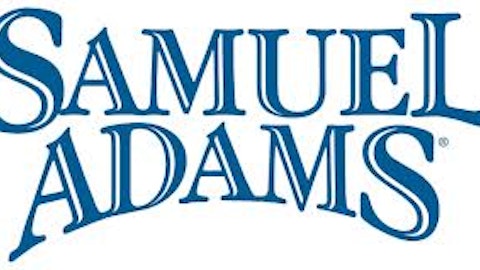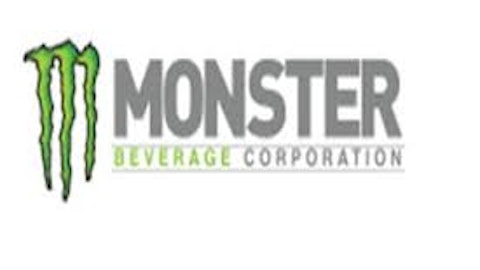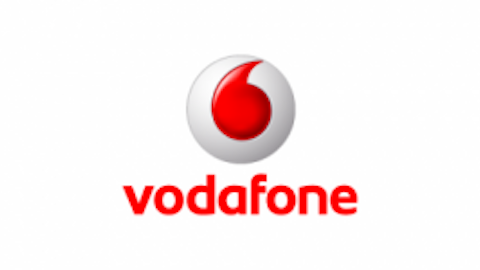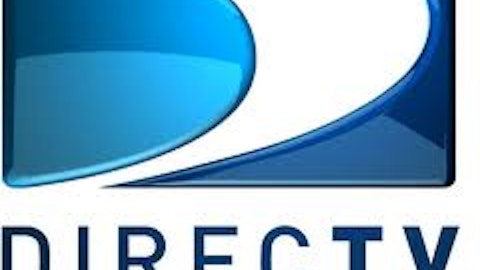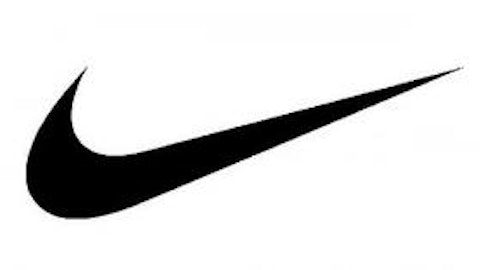It is often tempting to put your money in cheap stocks without understanding why they are trading at such valuations in the first place. Markets are efficient most of the time, and most cheap stocks are typically value traps.
Cott Corporation (USA) (NYSE:COT), one of the largest private-label beverage companies in the U.S. and U.K., is trading at a significant discount to its branded-beverage peers. It trades at a forward P/E of 13 compared with The Coca-Cola Company (NYSE:KO) and PepsiCo, Inc. (NYSE:PEP), which are valued by the market at about 17 times forward P/E. In my opinion, this valuation discount is justified for a few reasons.
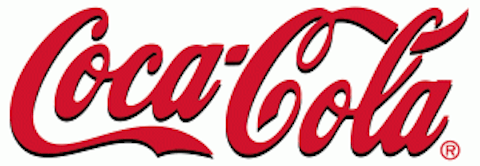
Profits suffer
There is a good reason that The Coca-Cola Company (NYSE:KO) and PepsiCo, Inc. (NYSE:PEP) spun off their bottling businesses in 1986 and 1999, respectively. The bottling segment is the most capital-intensive segment of the beverage business value chain. By owning its own beverage bottling facilities, Cott Corporation (USA) (NYSE:COT) is laden with high fixed costs, which impacts its profitability.
Also, with The Coca-Cola Company (NYSE:KO) and PepsiCo, Inc. (NYSE:PEP) accounting for about 70% share of the U.S. carbonated soft drink, or CSD, market, Cott Corporation (USA) (NYSE:COT)’s relatively insignificant 5% market share does not allow it to derive significant economies of scale and cost advantages from increased sales volume.
The results speak for themselves. On a trailing-12-month basis, Cott Corporation (USA) (NYSE:COT)’s operating margin of 4.5% pales in comparison to The Coca-Cola Company (NYSE:KO)’s 23.4% and PepsiCo, Inc. (NYSE:PEP)’s 14.8%.
Revenue risk
With respect to customers, Cott Corporation (USA) (NYSE:COT)’s largest customer, Wal-Mart, accounted for 31% of its fiscal 2012 revenue, and its top 10 customers combined accounted for 54.2%. Also, in January 2009, it was announced that Wal-Mart would terminate its exclusive supply agreement of retailer-brand CSDs with Cott, effective from January 2012, with exclusivity gradually phased out from 2009 to 2012.
Despite Cott remaining the sole supplier of Wal-Mart’s private-label CSDs in the U.S. under nonexclusive supply agreements in 2012, I am negative on this development. Nonexclusivity results in Wal-Mart’s stronger bargaining power relative to Cott, which will possibly lead to weaker pricing power and lower margins.
In terms of product mix, Cott is still heavily dependent on CSDs, which represent approximately 40% of its fiscal 2012 North American revenue. North American CSD revenue fell by about 5% year on year in 2012 for Cott, reflecting the increasing shift from CSDs to other beverage choices in light of concerns over obesity and other health issues.
Looking ahead
Cott reported a disappointing set of results for the second quarter of fiscal 2013, with revenue and gross margin falling by 10% and 110 basis points year on year, respectively. According to management, the continued decline in demand for CSDs in the U.S. and competition from the national brands in terms of more intense promotional activities were among the factors contributing to lower revenue. The reduction in gross margin was also reflective of the unfavorable impact of lower sales with a high fixed-cost base on margins.
Although Cott has plans in place to further diversify its product offerings beyond its core CSDs and expand channel distribution to health grocers and convenience stores, a significant reduction in customer concentration risk will not happen overnight. In addition, increasing profitability remains a challenge for Cott unless it is able to make significant headway in diversifying into higher-growth, higher-margin products.
Peer comparison
The Coca-Cola Company (NYSE:KO) is the largest beverage company globally and it is more geographically diversified than Cott. This puts it in a better position to weather the decline in CSDs for the U.S. market and gain exposure to the growth prospects in emerging markets. Coca-Cola derived close to 60% of its fiscal 2012 revenue outside of the U.S., while the domestic market made up about three-quarters of Cott’s fiscal 2012 revenue.
